Man's best friend deserves a good home
They are our best friends, our loyal companions and often they are hard-working colleagues too. At Dodd&Co, we are firm believers that a dog should have the very best life and that includes a well built, comfortable home.
While the majority of dog owners house their dogs in their own homes, for some dog owners this is just not practical or desirable. Working dogs such as sheepdogs and gun dogs are often kept in outside kennels. This could be for a multitude of reasons: there could be too many dogs to house inside the owner’s home; behaviour might be an issue with a number of dogs in a confined space; the working dogs might clash with other pets; or it might just be the way the owner wants to look after his or her dogs.
The same applies to people who run short and long term dog-homing establishments. It would be impractical to keep a number of transient dogs in a family home, so outside kennels are the best option.
At Dodd and Co, we recognise that a dog’s housing and welfare needs are important and all of our kennelling options are both well-designed and bespoke to the customer’s needs. But there are certain conditions that should always be met.
- There must be a large enough space to allow separate sleeping and activity areas. Each dog must be able to walk, run and wag their tail without touching the kennel sides; to play, stand on their hind limbs and stretch/lie down without touching another animal/kennel.
- The kennels should offer protection in all weather conditions. It should provide shelter to protect from rain, wind and direct sunlight. Dogs should be able to move where they feel more comfortable, away from direct sunlight.
- The temperature in the dog kennel should not be too hot or too cold so heating and/or automatic cooling/ventilation should be provided. Ideally temperatures should remain above 10°C and below 26°C. Heating/cooling systems used must be safe and not pose a risk, e.g. no trailing cables, risk of burning. Temperature must be monitored daily to ensure these requirements are met.
- Dogs must not be tethered/chained, except for very short periods, as it can lead to injuries and restricts normal behaviour.
One of our kennel design and builds
When dogs are housed in kennels, there are other considerations to ensure their general welfare.
Provide constant access to clean drinking water and a well-balanced diet. Use a sturdy water bowl and check regularly.
Ensure the dogs are able to behave normally, providing the opportunity for daily exercise, play and interactions with animals and people.
Ensure the dogs have appropriate company. Don’t let them become lonely/bored. Don’t leave them alone long enough to become distressed. Distressed dogs may bark/howl/whine excessively, pant, hide and/or show aggression.
Check your dog daily for any injury/illness. Ensure they are protected from pain, suffering, injury and disease. Take sensible safety precautions; be alert to risks that may affect them.
If you need dog kennels designed, built or renovated, call Jamie to discuss what options we can provide to meet you and your dogs’ requirements.





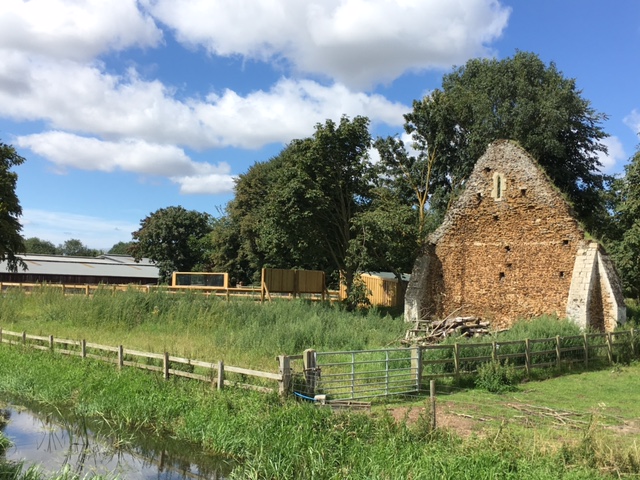
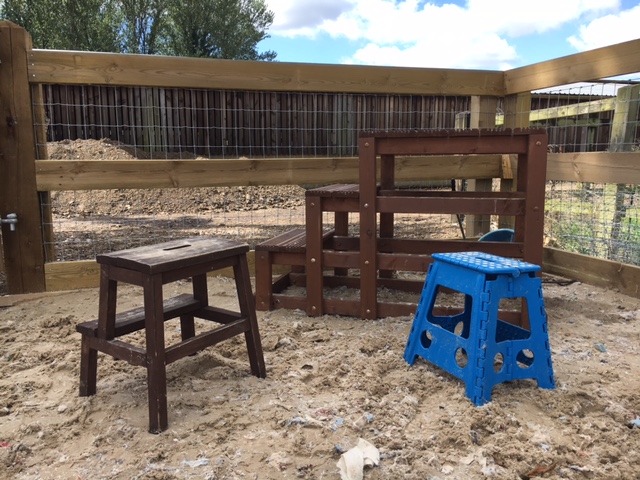
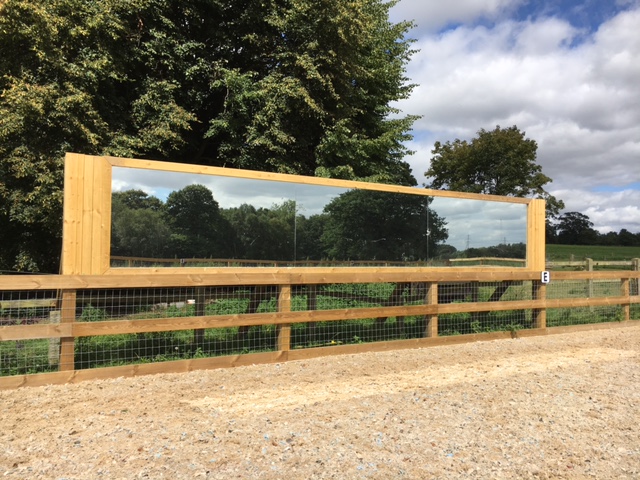

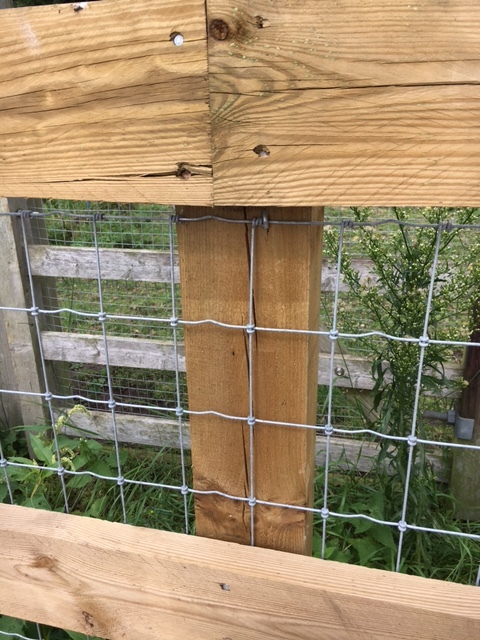
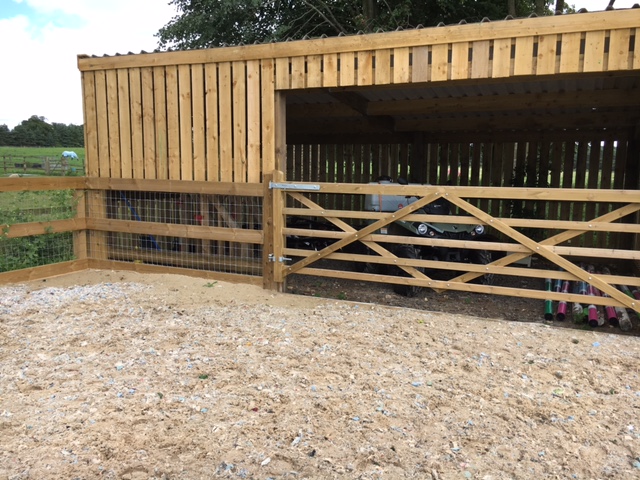
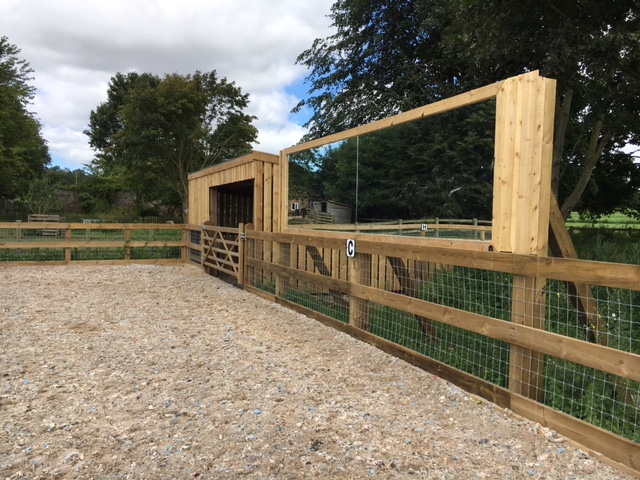
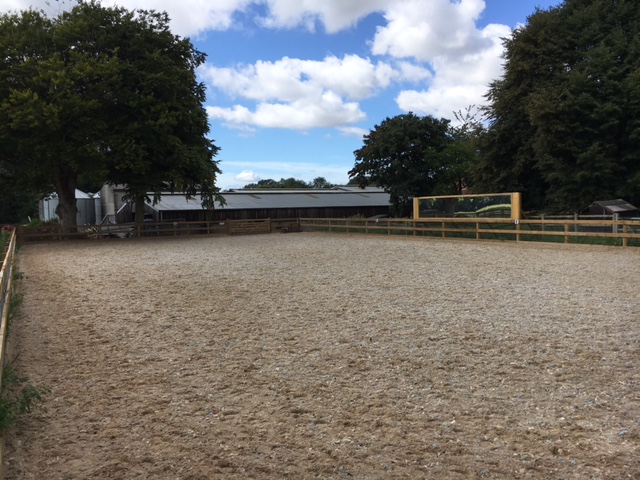
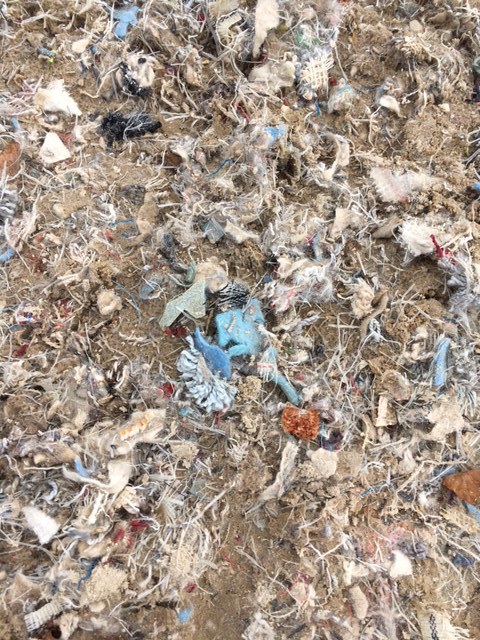
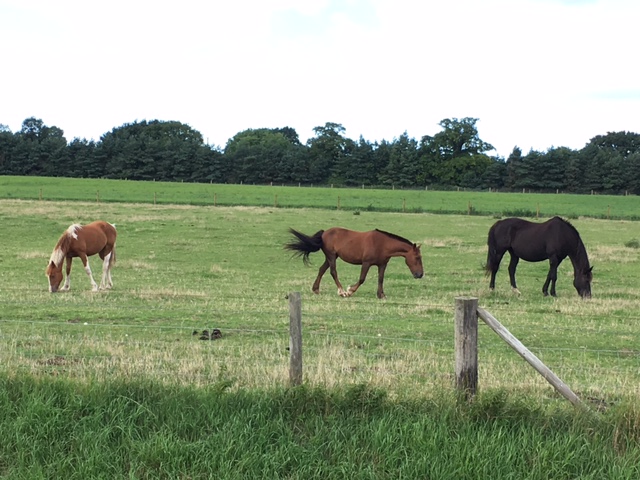










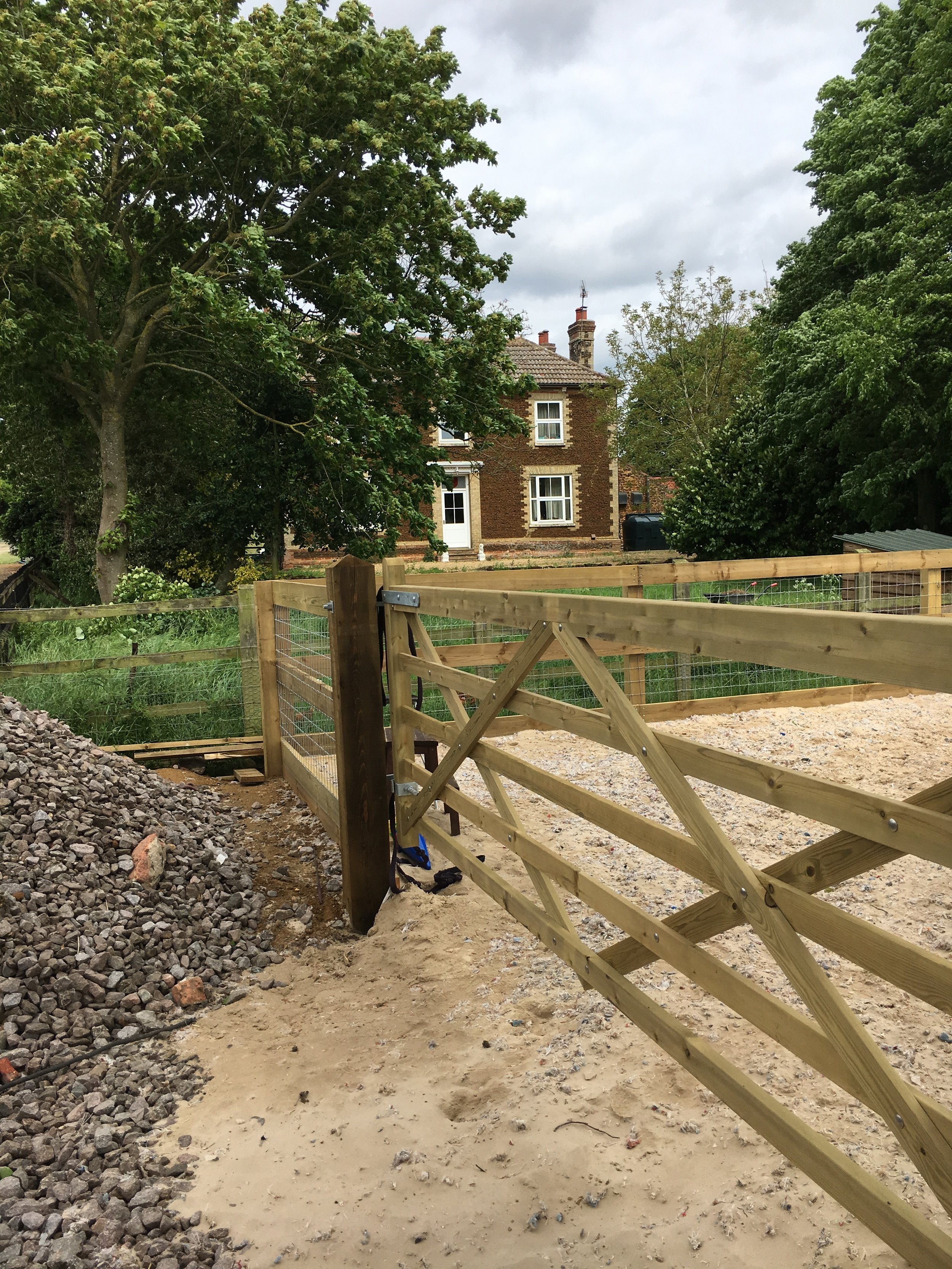
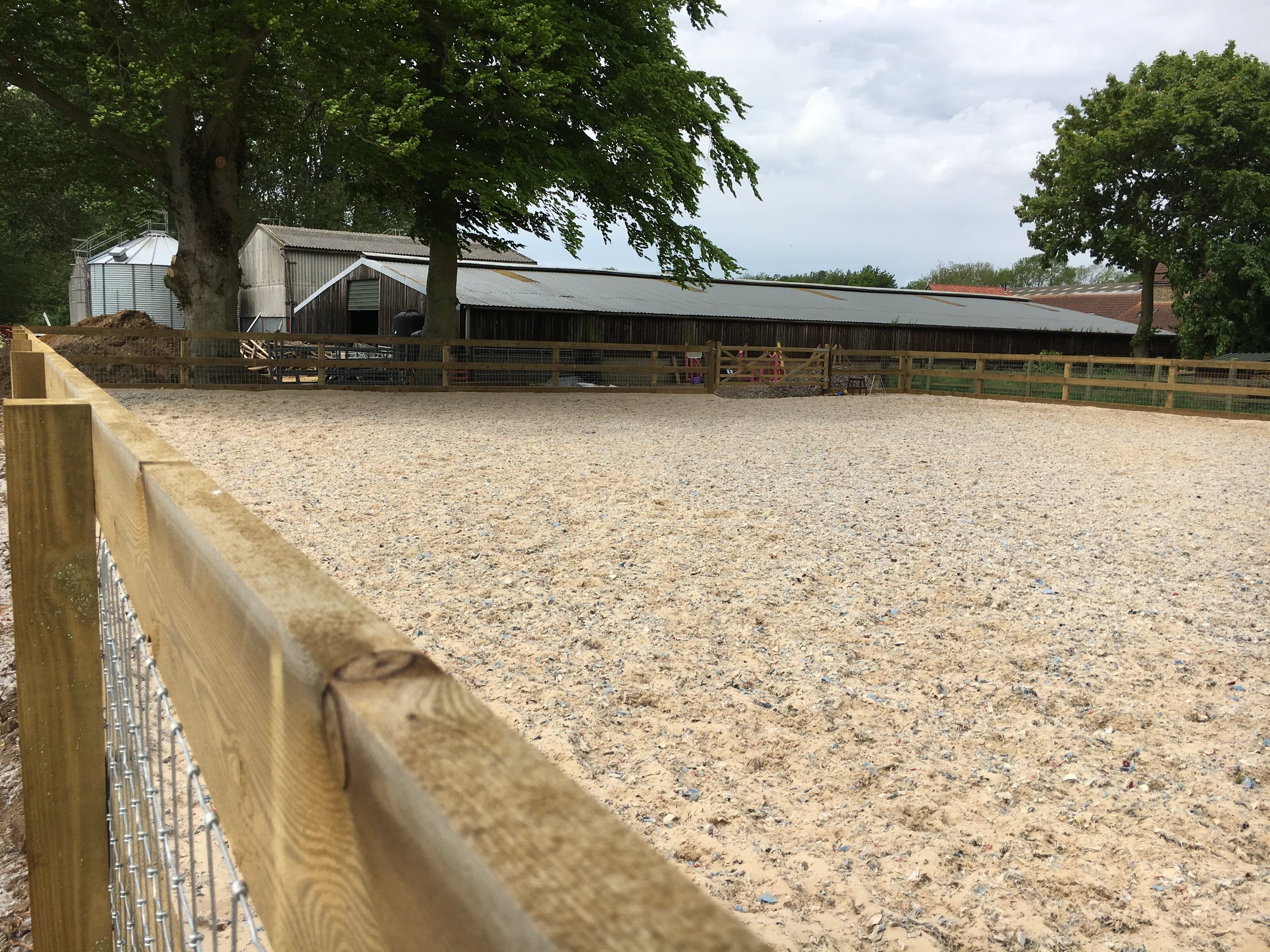
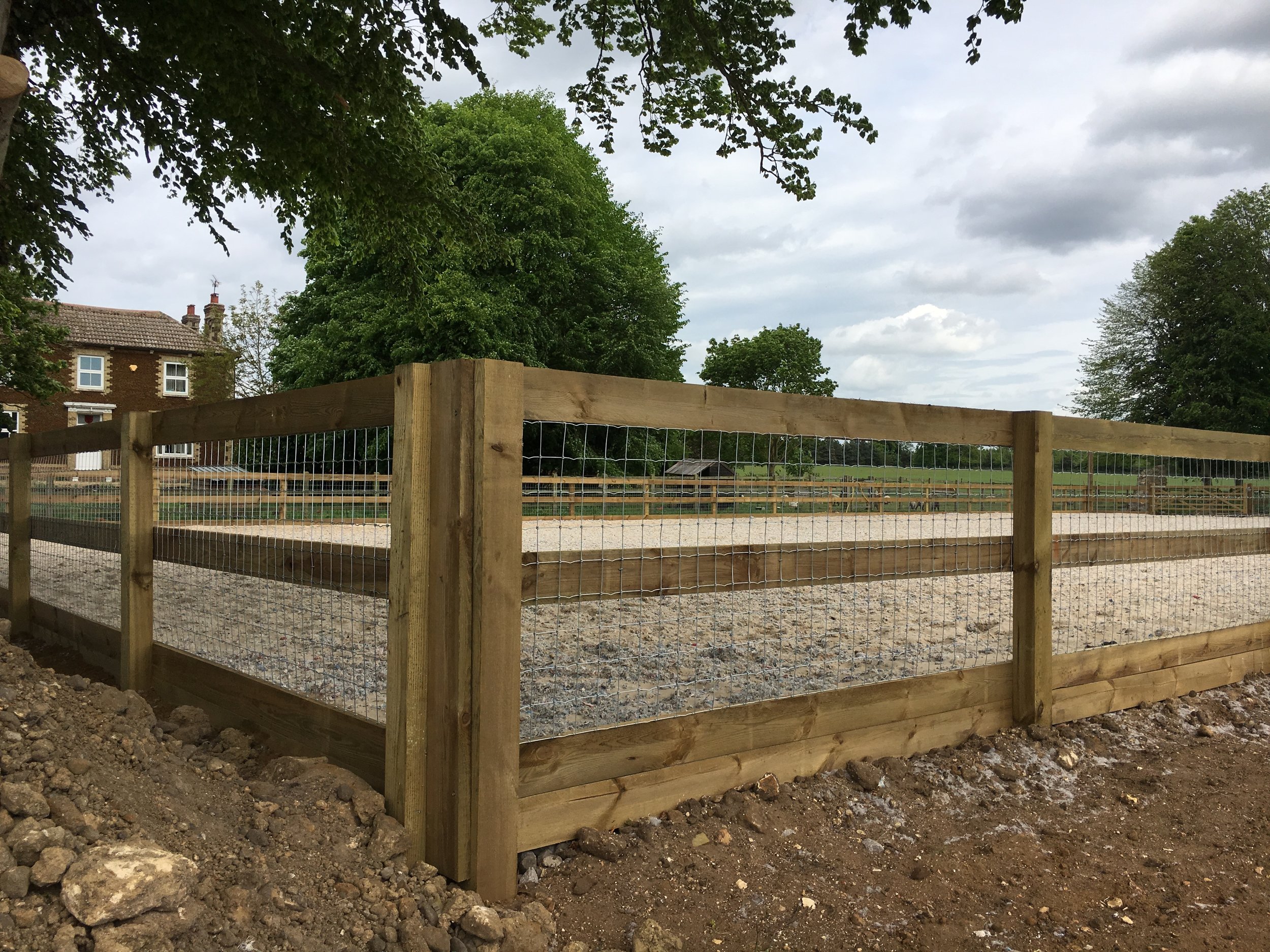
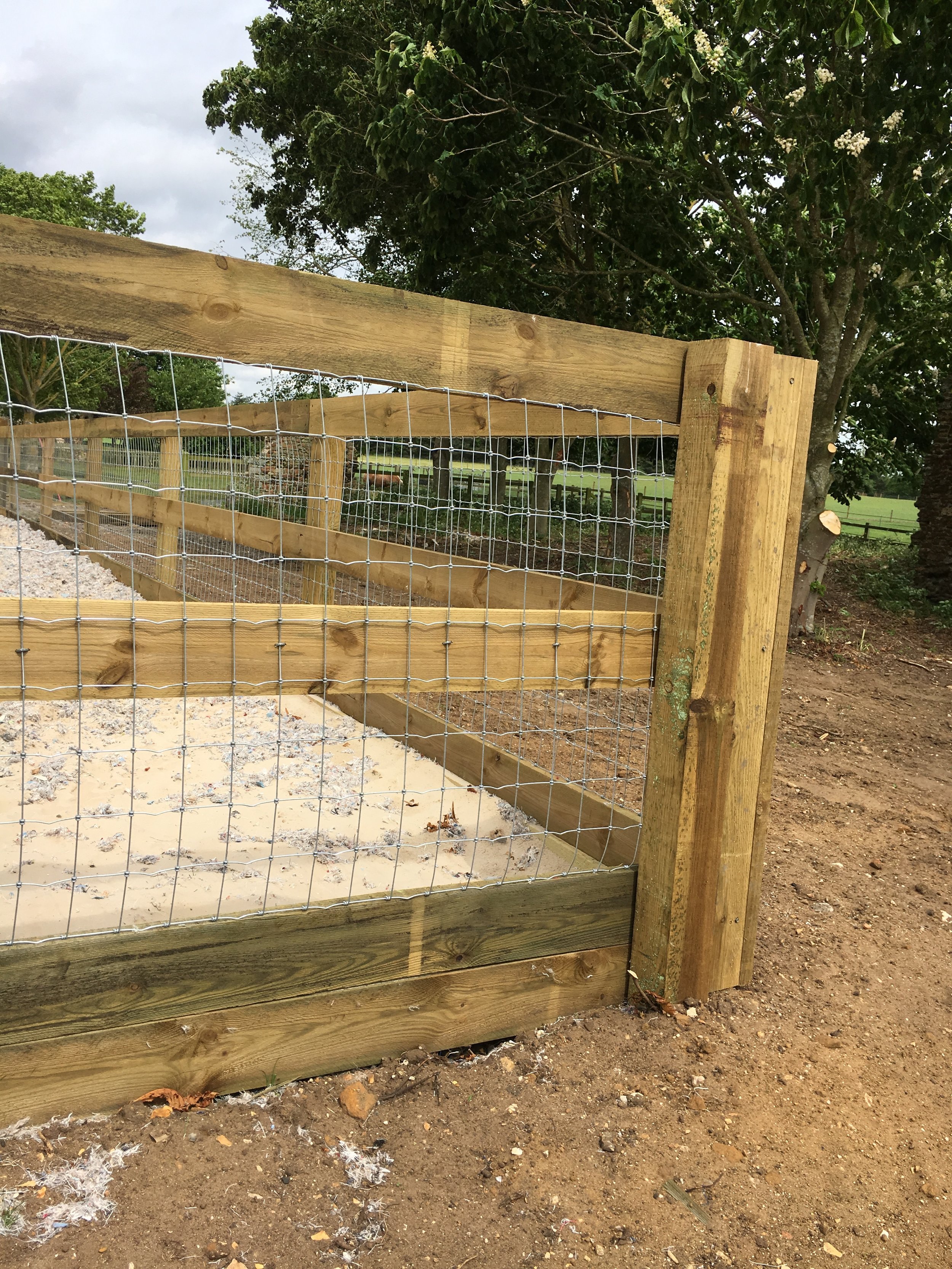
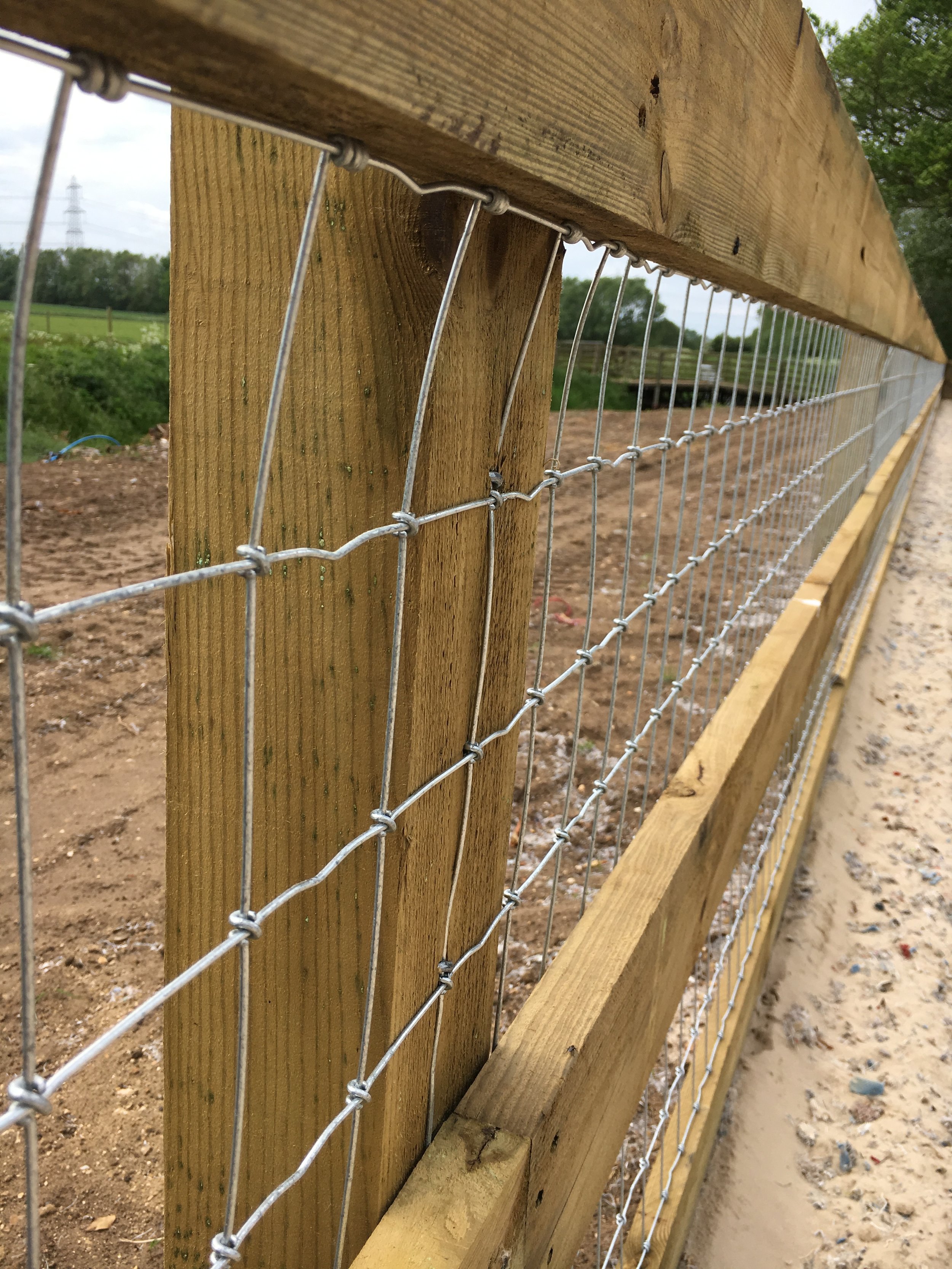
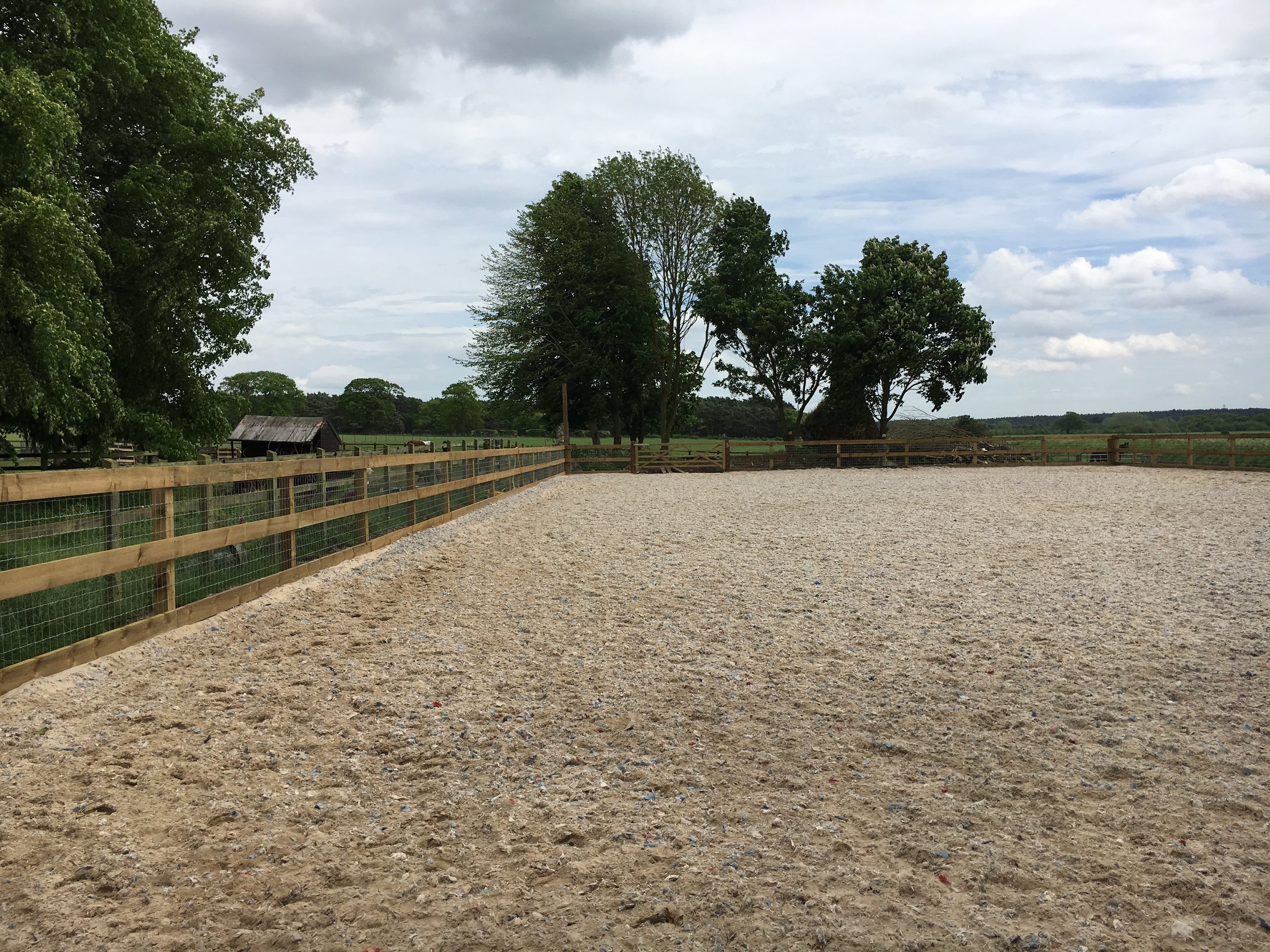


















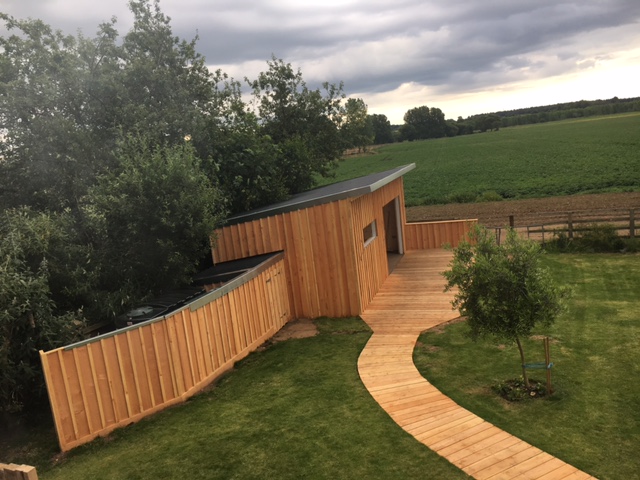
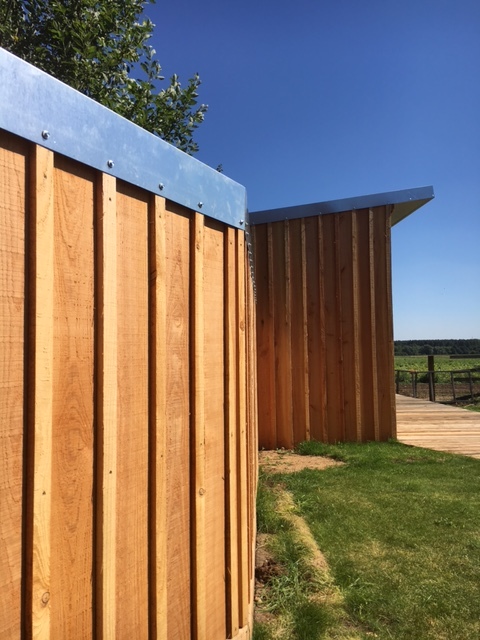




















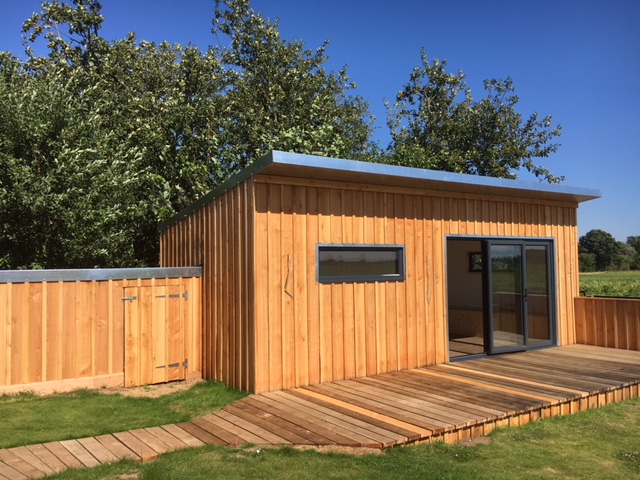
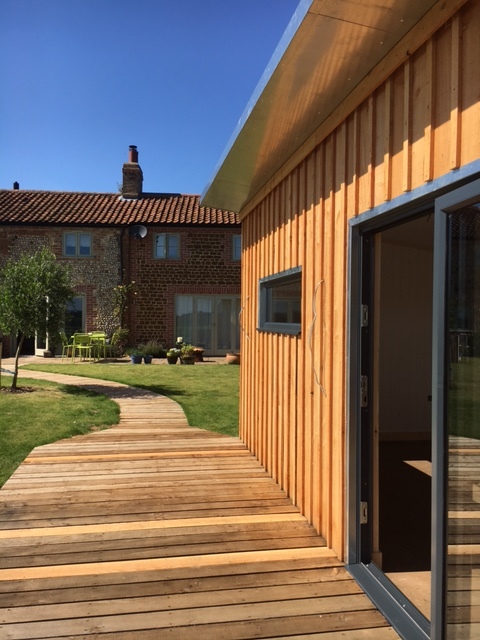
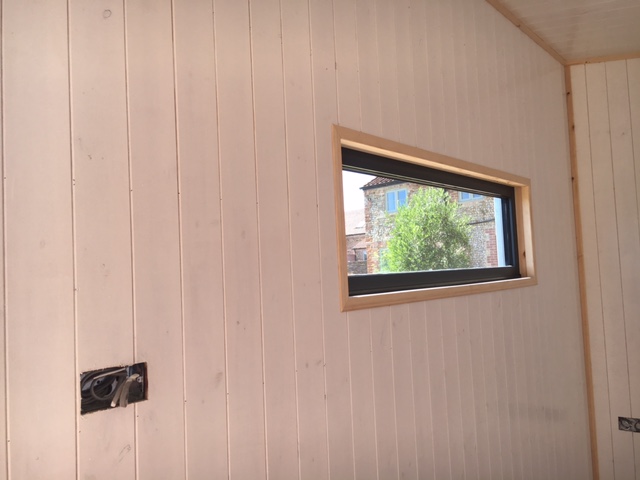

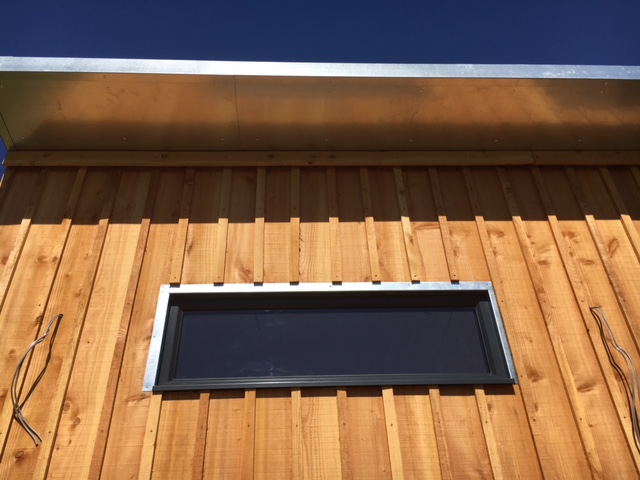
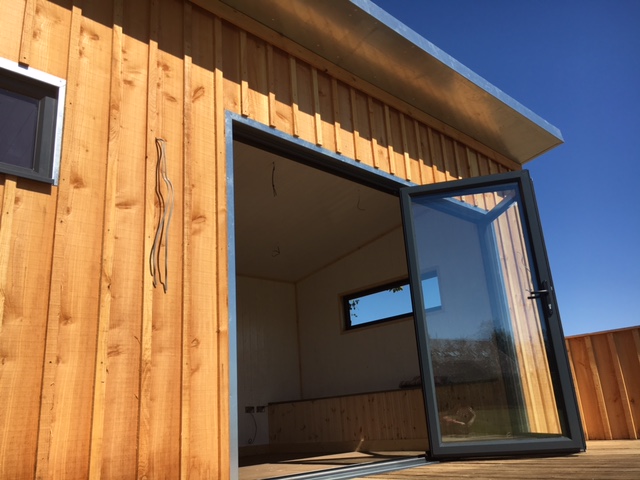
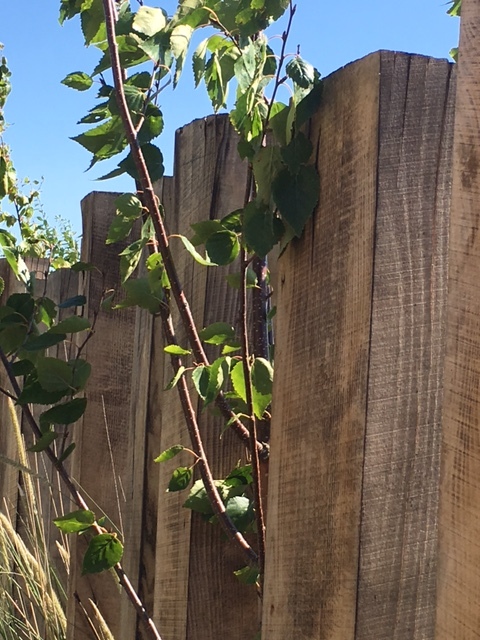

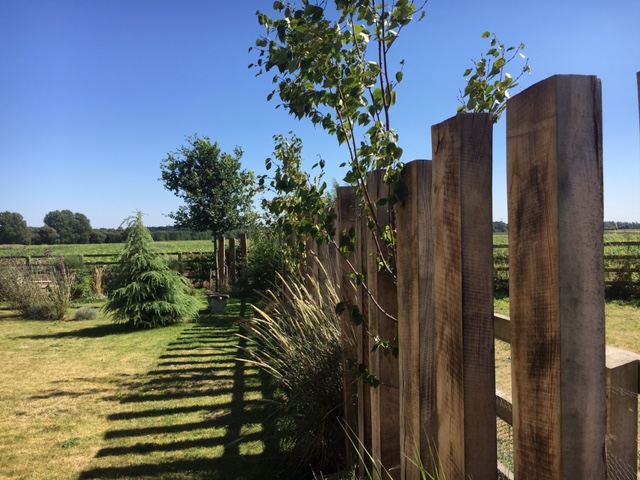















Donec id justo non metus auctor commodo ut quis enim. Mauris fringilla dolor vel condimentum imperdiet.